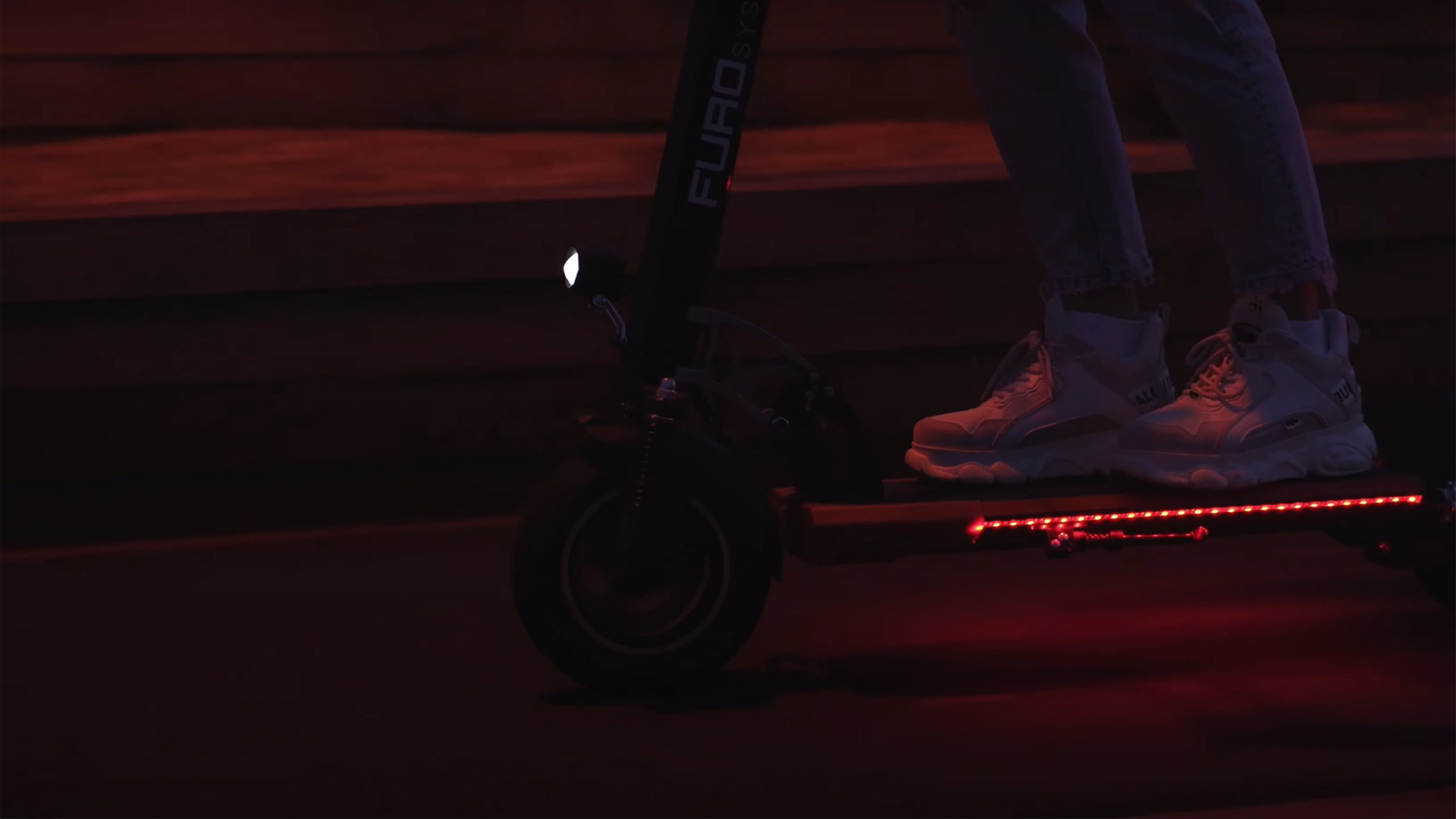
E-scooter travels and daily leisure

The relationship between E-scooter travels and daily leisure activities in Austin, Texas
This Project highlights the gap in short-distance travel demand in American cities and introduces "shared micromobility" as solution for carless individuals. Urban planners face challenges in negotiating with private operators and addressing issues like overcrowded e-scooters. Establishing a balanced public-private partnership requires empirical evidence on scooter use and its local impact. Strategic planning should assess the societal impacts of micromobility investments, focusing on their connection to leisure facility visits.

Studied area (left: scooter usage, right: leisure facilities)
Cosine Similarity clusters, full(left) and zoomed(right).
Abstract
Shared micromobility programs, including dockless electric
scooter-share (E-scooter), are popular in many U.S. cities,
and with their adoption brings the hope that they may uphold
better car-free accessibility. However, few studies provide
clear answers to what activities drive its travel demand or
whether it could actually generate more visiting activities.
To fill this gap, we conducted a spatiotemporal similarity
analysis between E-scooter use visit patterns to leisure facilities.
We find that E-scooter use is significantly correlated with daily
dining and drinking, shopping, and recreational activities, in
that order. Moreover, we find higher scooter-visit correlation
clusters in downtown and university campus areas. We then
used the Difference-in-Differences approach to examine if E-
scooter use can generate more visiting activities. Surprisingly,
the results show that E-scooter use is insignificant to the overall
visit increase.
Team
Shunhua Bai
Junfeng Jiao
Yefu Chen
Jiani Guo
Author Contributions
Shunhua Bai: Formal analysis,
Investigation, Methodology.
Junfeng Jiao: Conceptualization,
Funding acquisition, Supervision.
Yefu Chen:
Jiani Guo:
Appendix A. Supplementary material
Supplementary data to this article
can be found online at
https://doi.org/10.1016/-
j.trd.2021.102844.


